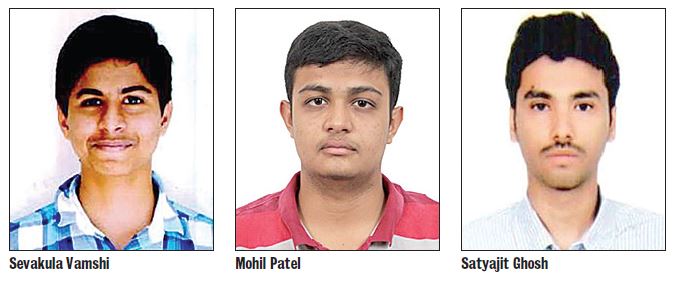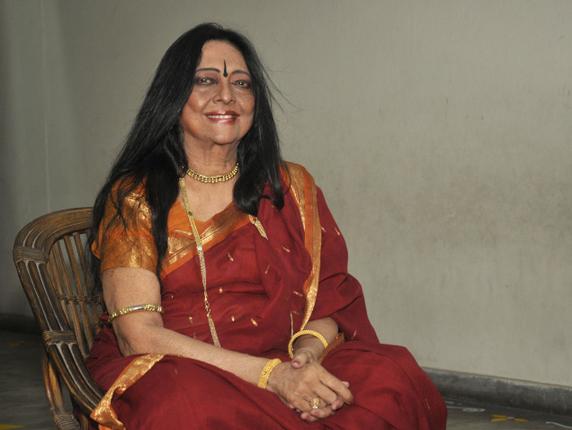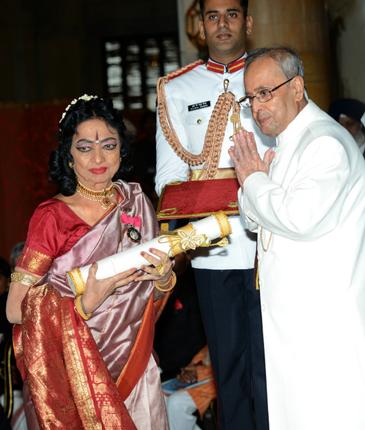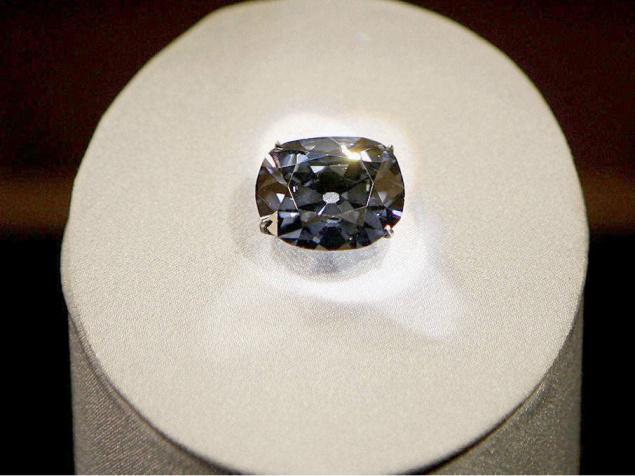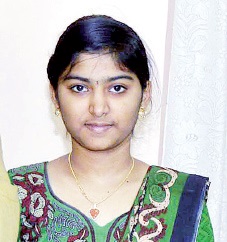Telemedicine facility is ready with Apollo Hospitals which is ready to put it in operation once the State Government sanctions it permission to construct a hospital in the Vijayawada-Amaravati area, said chairman of Apollo Hospitals Prathap C. Reddy.
“With Chief Minister N. Chandrababu Naidu all set to provide bandwidth to homes, telemedicine connectivity is possible and people can be in constant touch with medical experts. We are ready and waiting for the nod from [the] Government on the site for hospital,” Dr. Reddy told The Hindu on Friday. The plan is to establish a 300-bed super speciality hospital with an investment of around Rs. 200 crore.
Apollo Hospitals have made the best use of IT and is the first to introduce telemedicine in the world, in 2003. Its hospitals are connected to 200 TV stations in 35 countries.
On the Government’s plan to engage specialists of corporate hospitals to perform surgeries at its hospitals on payment, Dr. Reddy said the specialists and hospitals were ready but the doctors would like the Government hospitals to follow the process and protocol of surgeries and treatment.
He said more cancer hospitals were needed as the disease was spreading. Holistic treatment is also needed since a cancer patient will be having other health problems. While 2000 high end radiation machines are needed in the country, only 200 are available, he noted. Seven out of the 60 hospitals of Apollo are having true beam cancer treatment equipment and nine more would be provided the equipment in two years. The Chennai hospital has Asia’s first Proton equipment, which costs Rs. 350 crore.
He has adopted 115 villages in his native mandal in Chittoor district and is taking care of health of their 69,000 inhabitants in all respects, Dr. Reddy said.
source: http://www.thehindu.com / The Hindu / Home> News> Cities> Visakhapatnam / G. Narasimha Rao / Visakhapatnam – April 30th, 2016
